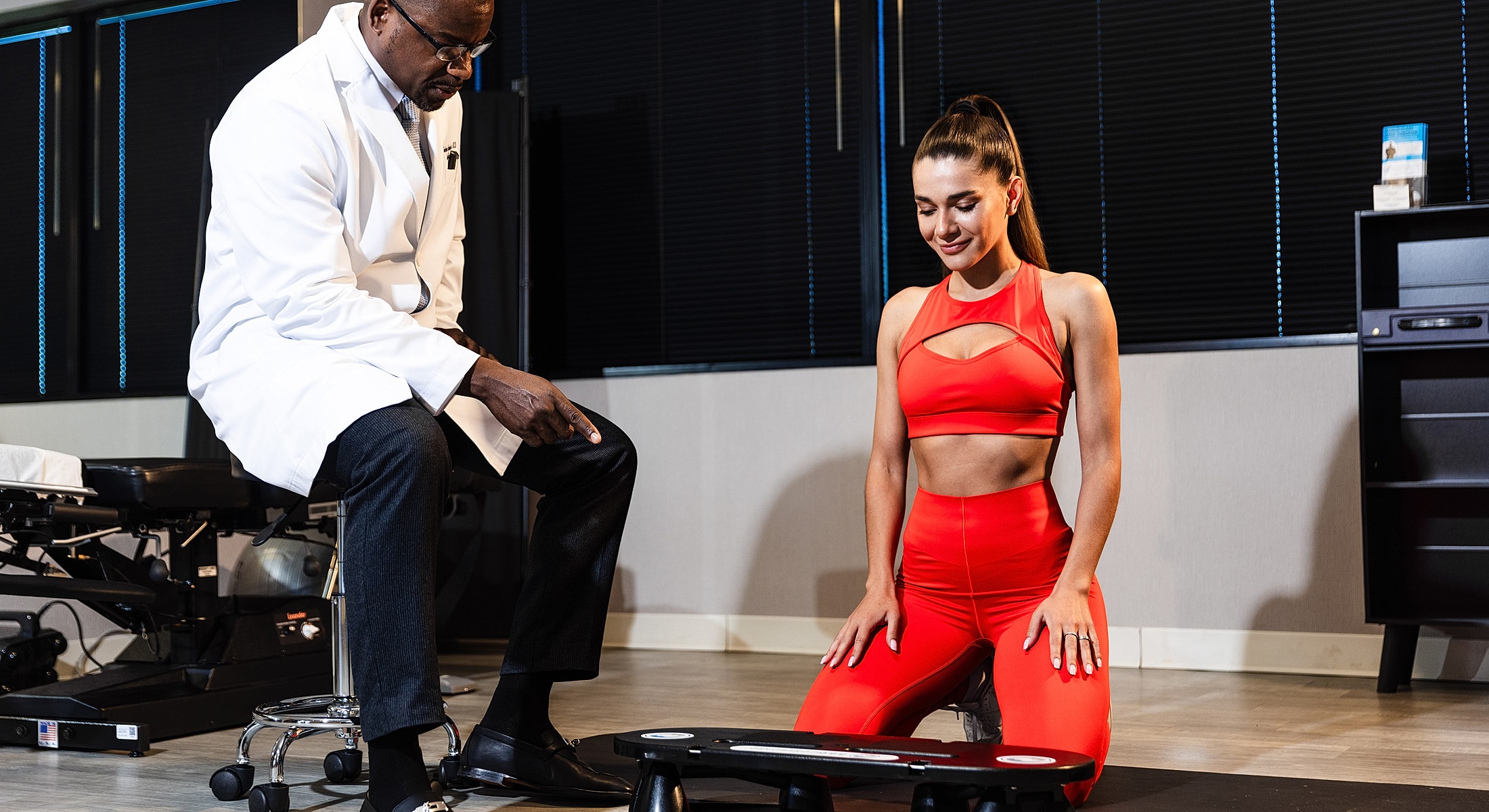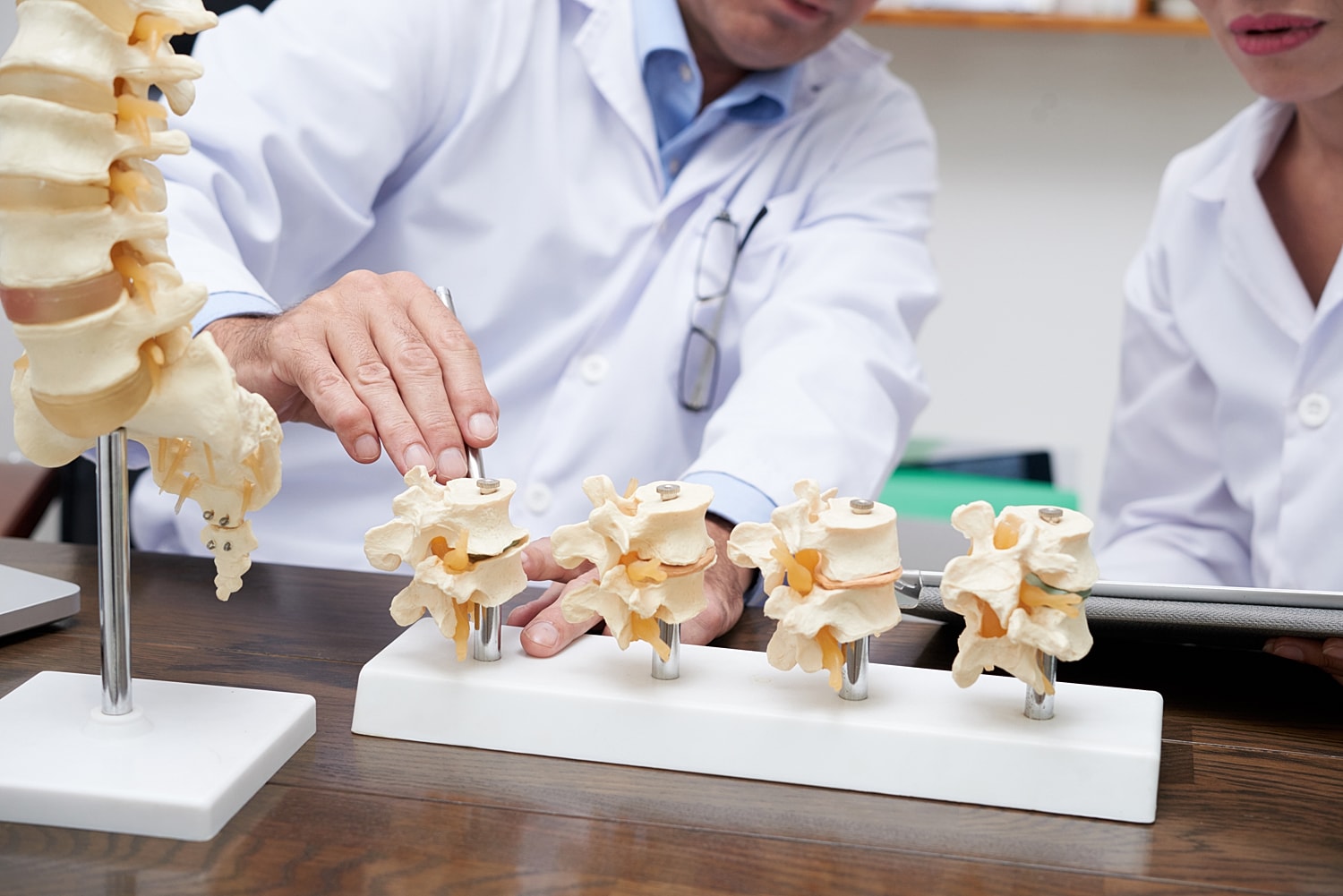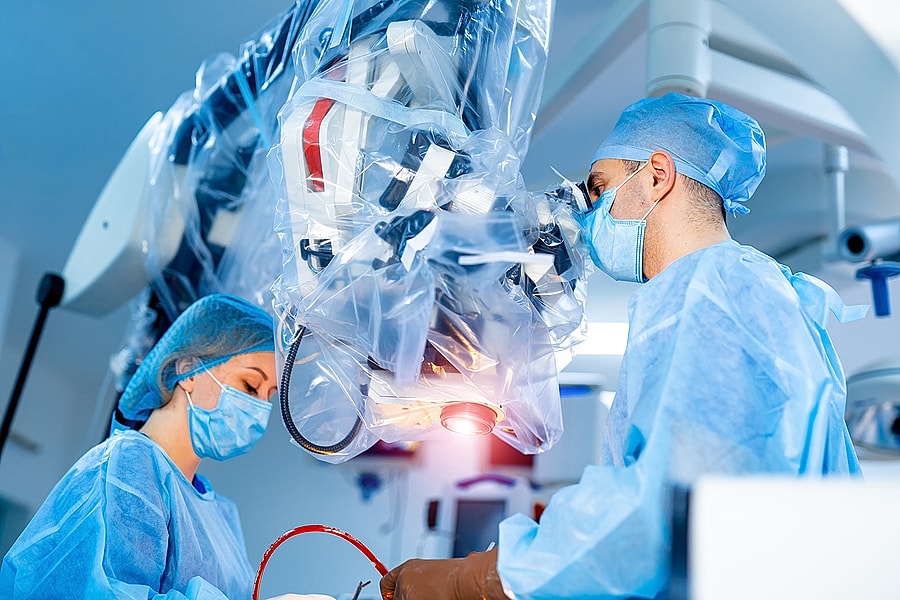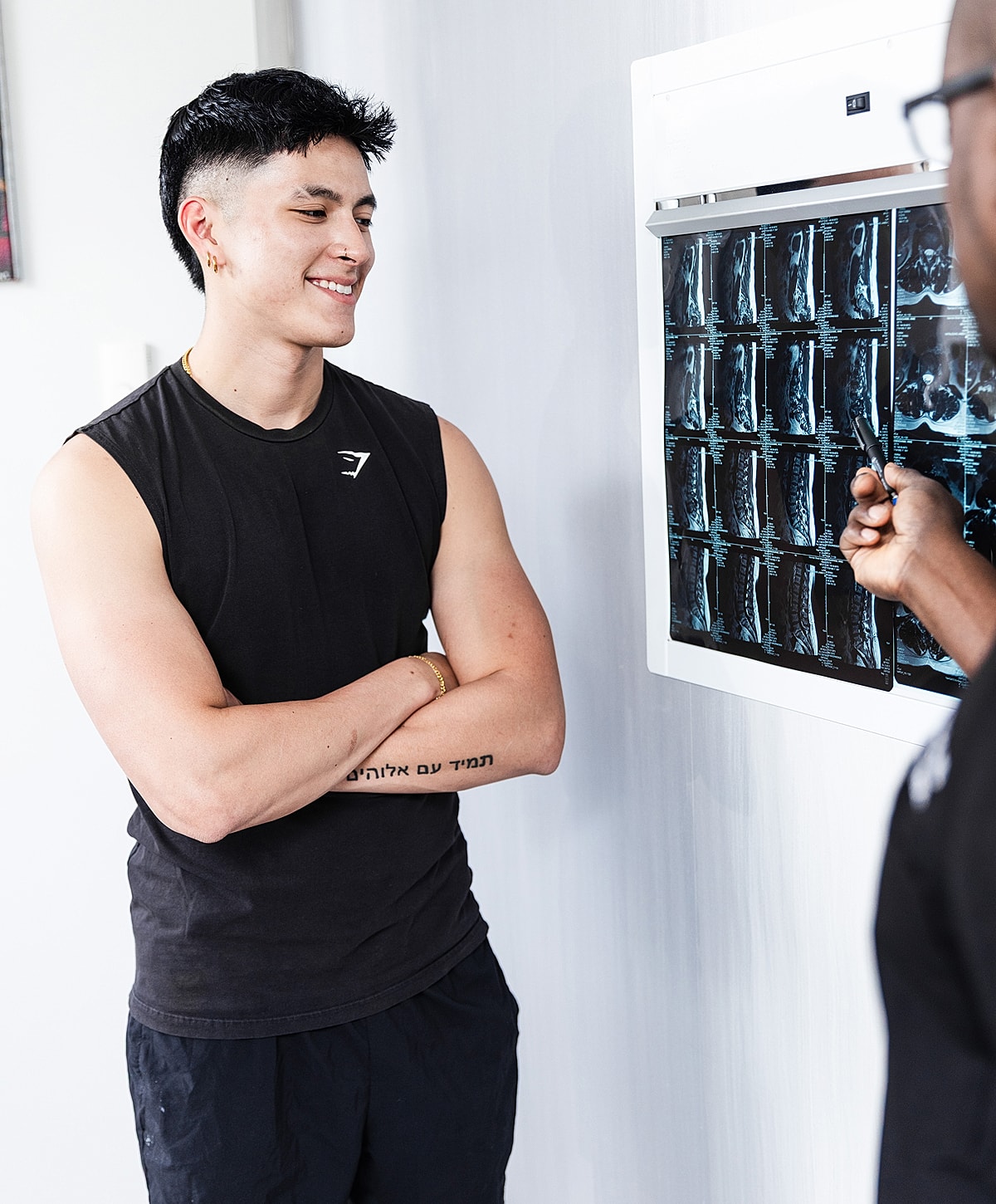
in New York & New Jersey

















When back pain becomes constant or nerve symptoms start to interfere with your mobility, you may be dealing with more than a strained muscle.
For patients with spinal stenosis, disc degeneration, or arthritis-related narrowing of the spine, pressure on the spinal cord or nerves can lead to severe pain, weakness, or numbness. At the Institute for Comprehensive Spine Care, we understand how debilitating back pain and spinal conditions can be. Our renowned team, led by the exceptional spine surgeon, Dr. Gbolahan Okubadejo, MD, FAAOS, is committed to providing a spectrum of solutions, including our NYC & NJ laminectomy surgery, and personalized care plans to alleviate your pain and enhance your quality of life.
Laminectomy surgery is a surgical procedure that involves the removal of the lamina, a part of the vertebral bone, to relieve pressure on the spinal cord or nerves. This surgery is often recommended for patients suffering from spinal stenosis, where the spinal canal narrows and compresses the nerves.
During laminectomy surgery, Dr. Gbolahan Okubadejo makes an incision in the back to access the affected vertebrae. The lamina is then carefully removed to widen the spinal canal and relieve pressure on the nerves. The surgery aims to improve mobility, reduce pain, and prevent further nerve damage. Depending on the location and severity of spinal compression, Dr. Okubadejo may recommend specific variations of laminectomy surgery, such as:

Laminectomy is often recommended when nerve compression causes chronic pain, weakness, or mobility problems that haven’t responded to conservative treatments. Common conditions include:
This procedure can significantly reduce symptoms and improve day-to-day comfort and function by opening up space around the nerves.
Dr. Okubadejo determines whether a patient may benefit from laminectomy by first conducting a thorough evaluation of their symptoms, medical history, and physical function.
If a patient is experiencing persistent pain, numbness, or weakness that radiates down the arms or legs—particularly when standing or walking—and conservative treatments like physical therapy, medications, or injections have not provided sufficient relief, Dr. Okubadejo may recommend laminectomy NYC & NJ patients have come to trust for lasting relief. Advanced imaging such as MRI or CT scans is used to confirm the presence and extent of nerve compression. Based on these findings, and after carefully weighing the risks and benefits, Dr. Okubadejo develops a personalized treatment plan, which may include laminectomy if it's the most appropriate path toward restoring comfort and mobility.

The laminectomy procedure is performed under general anesthesia. During surgery, Dr. Okubadejo makes an incision in the back and gently moves muscles aside to access the spine.
He then removes the lamina (and in some cases, any bone spurs or thickened ligaments) to relieve pressure on compressed nerves. If the spine is stable, the laminectomy may be done alone. If additional support is needed, spinal fusion may be added. In a posterior lumbar interbody fusion (PLIF), disc material is removed and replaced with a bone graft or a spacer, and hardware (such as screws and rods) is used to stabilize the spine while the bones fuse.
Dr. Okubadejo uses modern, minimally disruptive techniques whenever possible to reduce muscle damage and speed up healing.
Laminectomy provides relief from symptoms caused by spinal nerve compression. Common benefits include:
The procedure helps patients regain confidence in movement, improve their quality of life, and reduce the risk of worsening nerve damage.
Making the decision to undergo any form of surgery is significant and should be approached with careful consideration. If chronic back pain, numbness, or mobility issues are affecting your daily life, and conservative treatments haven’t brought relief, laminectomy surgery might be a viable option for you.
However, your overall health, the severity of your spinal condition, and your response to non-surgical treatments play a crucial role in determining your candidacy for laminectomy surgery. Dr. Okubadejo will thoroughly assess your medical history, symptoms, and treatment objectives to ascertain if laminectomy surgery is the right choice for you.
Recovery depends on whether the laminectomy was performed alone or with fusion.
Most patients return home within a day or two. Walking is encouraged early, and most return to light activity in 2-4 weeks.
Recovery takes longer due to the fusion component. Patients may stay in the hospital 2-3 days and use a brace during healing. Return to normal activity typically takes 3-6 months.
In both cases, physical therapy helps improve mobility, reduce stiffness, and rebuild strength. We will support you every step of the way with follow-up visits to ensure proper healing and long-term results.
When performed for the right reasons, laminectomy offers excellent outcomes. Many patients report:
If fusion is part of the procedure, spinal stability is restored, helping prevent further disc collapse or misalignment.
Dr. Gbolahan Okubadejo has extensive experience treating both straightforward and complex spinal conditions, including patients who have not achieved relief with conservative treatment or prior surgeries. His approach is focused, collaborative, and conservative when appropriate. We recognize the profound effect that spinal ailments can have on your life, and our mission is to empower you to reclaim control.
Through detailed diagnosis and individualized treatment planning, we offer unwavering support and guidance throughout your recovery journey. Together, we will formulate a personalized treatment strategy that aligns with your specific needs and objectives. Dr. Okubadejo and our dedicated team will be with you every step of the way, ensuring you achieve the most favorable health outcomes. With multiple locations across New York and New Jersey, and a patient-first philosophy that emphasizes clear communication and continuity of care, you’ll have support before, during, and after your procedure.
Dr. Okubadejo is a leading choice for advanced spine care. Our patients consistently share how their lives have improved thanks to expert treatment and compassionate support.
★★★★★






A laminectomy involves removing the lamina, which is the back part of a vertebra, to create more space in the spinal canal. A discectomy, on the other hand, involves removing a portion of a herniated disc to relieve pressure on a nerve root.
Laminectomy surgery can relieve pressure on the spinal nerves, reduce pain, and improve mobility and quality of life. It can be particularly beneficial for patients with spinal stenosis or other conditions that cause nerve compression.
No, laminectomy surgery can be performed on individuals of various ages. While it's often associated with age-related spinal degeneration, younger individuals with certain spinal conditions or injuries may also benefit from the procedure.
The recovery period can vary depending on the individual and the extent of the surgery. Typically, patients can expect to return to normal activities within 6-12 weeks.
Long-term outcomes vary among patients. Many patients experience significant relief from pain and improvement in mobility. It’s important to follow post-operative care instructions and engage in physical therapy as recommended by Dr. Okubadejo to achieve the best possible outcome.
Yes, physical therapy is an integral part of the recovery process. It helps to improve flexibility, strength, and range of motion after the surgery.


